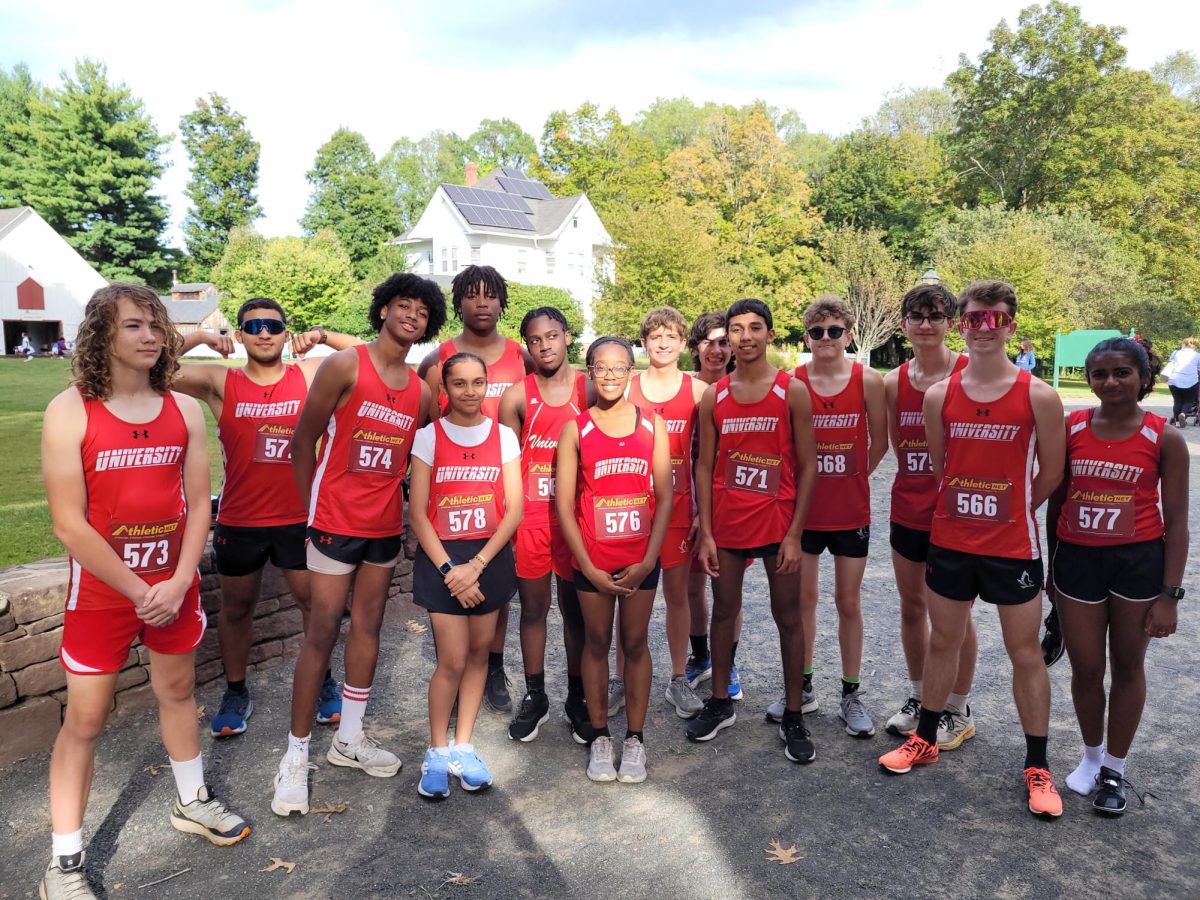Hartford Public Schools leaders have laid out their vision for the remainder of the 2024-2025 school year. There are a variety of priorities, which include making sure that students have access to high-quality instruction, and making sure that students feel connected to their teachers, and that they feel supported in their educational environment. Another priority is to wrap up and share the new strategic plan, which is sort of the road map for the next three, five, and ten years at Hartford Public Schools. They are also working very closely with both the Hartford Board of Education and the community.
“We did the initial phase of having surveys and community conversations,” said Hartford Public Schools Superintendent Dr. Leslie Torres-Rodriguez. “We got all of that information with over 2,500 voices, and now we are going back to say, here’s what we heard; tell us what area of focus you would prioritize. So that is the second area of focus for the rest of the school year.”
This year the district is using a reading program called Wit and Wisdom. In terms of selection of a curriculum, it has an almost yearlong process where they have educators, parents, and members of the community be part of a committee that talks about a variety of curriculums. That is what the district did for Wit and Wisdom, and Dr. Torres-Rodriguez shared that the team felt that this program was best aligned with what students needed. Which was grade-level instruction, and connected materials. It is also aligned to the science of reading, which is a collection of research that explains how people learn to read and how to teach people how to read. The state legislature also passed the Right to Read Act, which made sure that districts had curriculums connected to that body of research that focuses on the components of reading. She has also heard feedback from teachers that this is a great program, but it’s a lot of work.
The district also used to have a lot of instructional coaches, who are people that support teachers in their work. However, the district could not roll out this program until the legislature gave it and other districts the green light, so the process was delayed, and funding that the district had received because of the pandemic went away, and these coaches did as well. So that is the only negative thing that Dr. Torres-Rodriguez could think of when she was asked about her thoughts on Wit and Wisdom.
One of the challenges is time. Wit and Wisdom has a strong research base behind it. There are a lot of components that entail students to being to read and write well. These include making sure that, whether it is within a 60-90 minute block that all of these components are addressed so that students have exposure, awareness, and that they have an understanding of the phonics and are able to read fluently and especially that they are able to comprehend what they are reading and make connections to other areas of their learning. Dr. Torres-Rodriguez wishes that they had more time in the day but they don’t, and starting in the 2025-2026 school year, the school day is going to be even shorter, which is part of the new contract for teachers.
When Dr. Torres-Rodriguez was asked about how she plans to work with the new members of the board of education to ensure alignment on goals and priorities for the district, she said, “The board of education is extremely focused on how they can be supportive in their roles as board members. They have to adopt/revise policies, they adopt a budget, and then they supervise and evaluate the superintendent, so they have three roles, and this board of education is really focused on really learning as much as possible.”
To collect data on curriculums, the district administers interim assessments on students, and they also have learning blocks where school leaders and other team members visit classrooms and look for specific areas to see if there is alignment with the curriculums. For example, Dr. Torres-Rodriguez was at an elementary school and was looking at literacy in second-grade classrooms and some of the things she saw were that across all of the second-grade classrooms, they were in alignment with how they were unpacking a story and what the author was trying to convey to students, and having students do the critical analysis of what they were reading. So that is another way to collect data to see if a curriculum is working. At the end of the year, there are also state assessments that show if instructional components are having an impact.
In regards to using this data for improving, modifying, and/or replacing curriculums, per the board of education, there is a very detailed policy that the district has to follow. Years ago there were approaches where teachers/staff wrote curriculums. However, what has driven this early literacy curriculum is legislation from the state. If the district wanted to get rid of Wit and Wisdom, for example, they would have to go through an entire process with the state, which is what happened with Wit and Wisdom; if it hadn’t been approved by the state, the district would not have been able to use it.
In conclusion, the district has put together a remarkable plan for servicing students and preparing them for success. Here’s to a great rest of the year!















